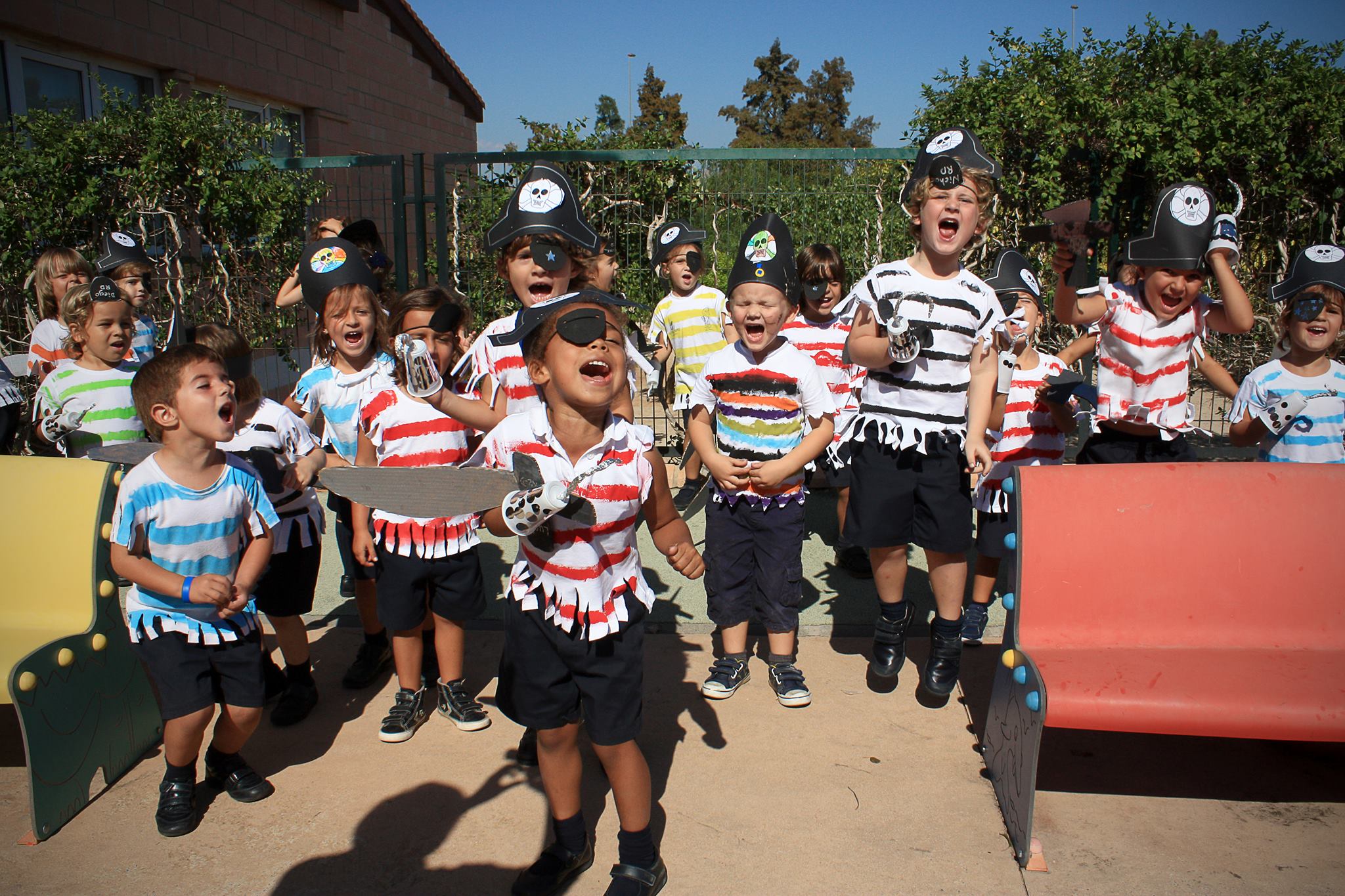
Entendemos por autorregulación la capacidad de gestionar nuestros pensamientos, acciones y emociones. Esta habilidad comienza a desarrollarse desde la infancia, y es normal que en este proceso de aprendizaje, los niños tengan rabietas y berrinches, rompan a llorar sin algún sentido o lleguen, incluso, a ser violentos e impulsivos. Sin embargo, este tipo de comportamientos deberían desaparecer con el tiempo. Ayudar al niño en este proceso es beneficioso para él y también para su entorno más cercano.
Algunas ideas que les resultarán válidas en este proceso son:
- Enseñar técnicas de relajación, como la respiración profunda o la meditación, para ayudar a los niños a controlar sus emociones. Existen múltiples videos en la red que pueden orientarles, pero lo más básico es encontrar un momento de tranquilidad durante el día y darles algunas nociones de cómo respirar y cómo tensar algunas partes del cuerpo para después relajarlas y sentir la calma de la relajación. Esto les proporcionará la herramienta interna para calmarse cuando están tensos o enfadados.
- Fomentar la expresión verbal de las emociones, ayudando a los niños a nombrar y describir lo que sienten. Libros como El monstruo de colores nos ayudan a poner nombre a aquello que sentimos. Recordemos que no hay emociones malas o que no se deban mostrar, sólo hay que explorarlas y saberlas gestionar.
- Proporcionar un ambiente seguro y estable en el hogar y en la escuela, donde los niños puedan sentirse libres de expresar sus emociones sin ser juzgados. No se trata de suprimir las emociones desagradables sino ser capaces de sentirlas y expresarlas de forma adecuada.
- Ayudar a los niños a desarrollar la capacidad de esperar y aplazar la gratificación, a través de actividades como jugar a juegos de espera o hacer tareas. Este es el caballo de batalla en esta sociedad donde no se nos enseña a esperar y aplazar el placer. El “lo quiero, lo tengo”, es enemigo de la resiliencia. En esta web pueden encontrar juegos de mesa apropiados para niños en edad preescolar:
https://www.bebesymas.com/guias-de-compra/15-juegos-mesa-ideales-para-ninos-3-a-6-anos
- Enseñar a los niños a reconocer y regular sus propios estados de ánimo a través de la identificación de las señales físicas y emocionales. Reconocer que en ocasiones el cansancio o la frustración nos pueden proporcionar emociones desagradables es un primer paso para saber gestionar la emoción.
- Fomentar el juego y la creatividad, ya que estas actividades pueden ayudar a los niños a procesar sus emociones de manera saludable. En el juego hay muchas actitudes que nos preparan para la vida. No solo el ganar o perder, sino el compartir, esperar, generar estrategias para conseguir algo, etc. Mientras juegan aprenden para la vida.
- Enseñar habilidades de resolución de problemas y toma de decisiones para ayudar a los niños a enfrentar y resolver conflictos de manera efectiva. La frustración puede generar enfado, pero mi forma de gestionar ese enfado es la diferencia entre el conflicto con los demás o el aprendizaje personal.
Esperamos que estas pautas ayuden tanto a familias como a hijos en el proceso del desarrollo emocional.
Silvia Sanchis
Psicóloga de Infantil y Primaria de Caxton College
Self-regulation refers to the ability to manage our thoughts, actions and emotions. This ability begins to develop in childhood, and it is normal that in this learning process, children sulk and have tantrums, burst into tears without any reason or even become violent and impulsive. However, these types of behaviours should subside over time. Helping the child in this process is beneficial for him/her, as well as for those close to them.
Some ideas that can help parents with this process are:
- Teach relaxation techniques, such as deep breathing or meditation, to help children control their emotions. There are multiple videos on the internet that can guide you, but the easiest thing to do is to find a quiet moment during the day and give them some examples of how to breathe and how to tense some parts of the body and then relax them and feel the calm of relaxation. This will give them an inner tool to use to calm down when they are tense or angry.
- Encourage them to verbally express their emotions and help them to name and describe what they feel. Books such as The Colour Monster help us to name what we feel. It’s important to remember that there are no bad emotions or emotions that they shouldn’t show. Children should explore their emotions and know how to manage them.
- Provide a safe and stable environment at home and at school, where children can freely express their emotions without being judged. It is not about suppressing unpleasant emotions but being able to feel and express them appropriately.
- Help children to develop the ability to wait and delay gratification, through activities such as playing wishing games or doing tasks. This is a bone of contention in our society where we are not taught to wait and postpone pleasure. An ‘I want it, I have it’ attitude is the enemy of resilience. On this website you can find board games suitable for pre-school children:
https://www.bebesymas.com/guias-de-compra/15-juegos-mesa-ideales-para-ninos-3-a-6-anos
- Teach children to recognise and regulate their own moods through the identification of physical and emotional signals. Recognising that sometimes fatigue or frustration can give us unpleasant emotions is a first step in knowing how to manage emotions.
- Encourage play and creativity, as these activities can help children process their emotions in a healthy way. Games provide us with many attitudes that prepare us for life: not just winning or losing, but also sharing, waiting, generating strategies to achieve something, etc. Children learn about life whilst they play.
- Teach problem-solving and decision-making skills to help children to deal with and resolve conflicts effectively. Frustration can generate anger, but the child should understand that managing that anger is the difference between conflict with others or personal learning.
We hope that these guidelines will help both parents and children in the emotional development process.
Silvia Sanchis
Caxton College Early Years & Primary Psychologist











Leave a Reply